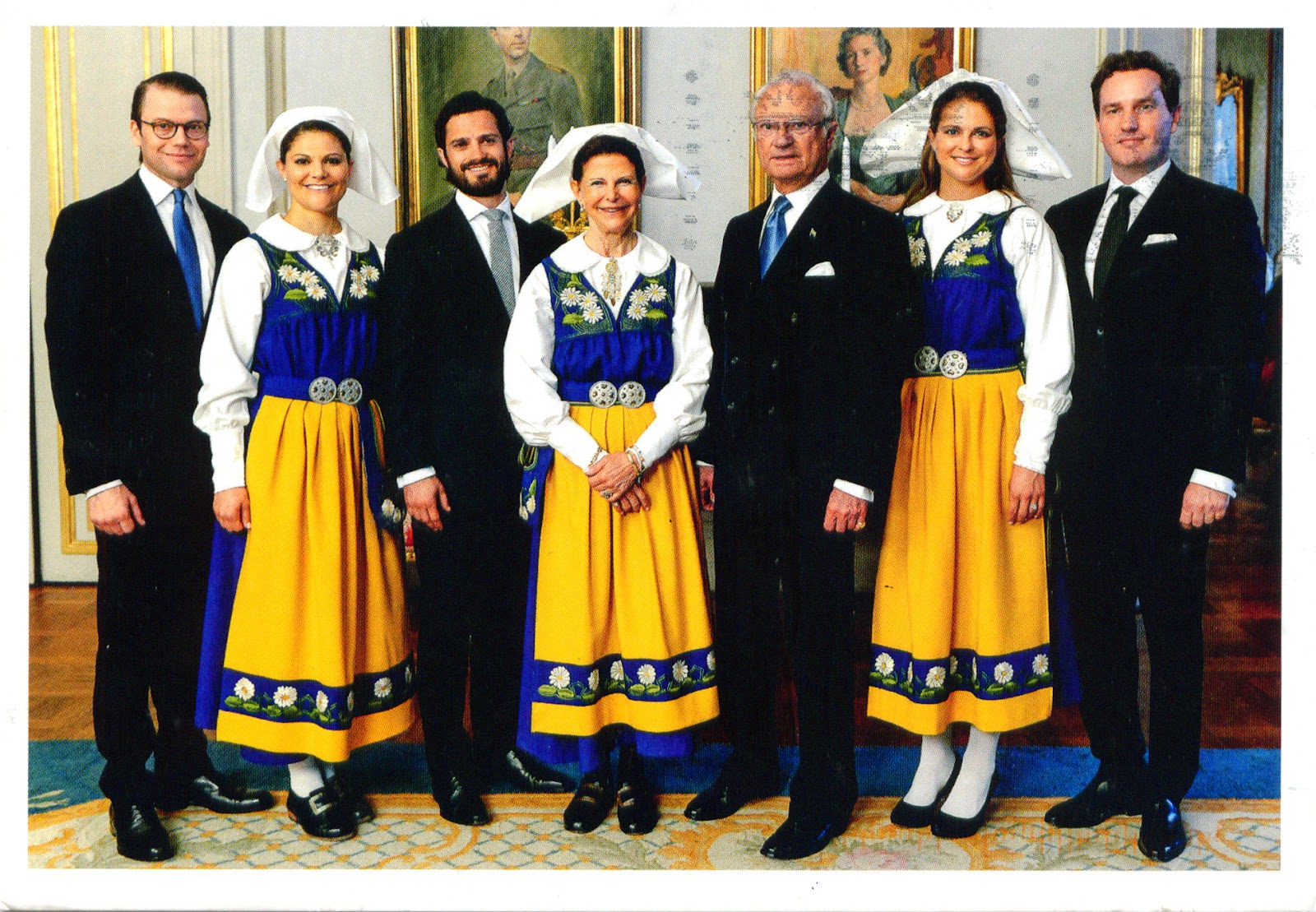 |
| 0281 - Madara Rider (1) |
Posted on 18.07.2012, 23.11.2019
Because of the richness of archaeological monuments discovered in this zone,
Madara, a village in northeastern Bulgaria, which lies at the western foot of the Madara plateau, is called "the Bulgarian Troy". The Madara National Historical and Archaeological Reserve, located near to the village, includes Neolithic and Eneolithic findings, a
Thracian settlement,
Ancient Roman villa and fortress from the 2nd-5th century, medieval
Bulgarian palace, pagan sanctuaries, Christian churches and monasteries, fortresses from the
First Bulgarian Empire, and a cave monastery from the 12th–14th century. Most importantly, Madara is the location of the famous
Madara Rider, an early medieval rock relief carved by the Bulgars, which is on the UNESCO World Heritage List since 1979.
 |
| 3263 - Madara Rider (2) |
Madara Rider, the only monumental stone bas-relief in Europe, dated to about 710 AD, is hewn into sheer cliffs at a height of 23m, and presents a horseman who has speared a lion, with an eagle flying in front and a dog running after him, the carving being surrounded by three inscriptions in
Greek, which are a short chronicle of the Bulgarian-
Byzantine relations in those times. The image is obvious a scene of triumph, incarnating the grandeur of the Bulgars ruler and the power of the Bulgar state. If the bas-relief was carved during the rule of the Bulgar Khan
Tervel (r. 700–721), and is probably a portrayal of the khan himself, a part of the inscriptions (of which content can be found
here) were made later, describing events that occurred during the reigns of
Krum (803–814),
Omurtag (r. 814–831), and
Malamir (r. 831–836).













































